I also finished my flag book, it took a little while to figure out the sizing of my images and the sizing of the paper and the folds, but I think it worked out in the end. I was happy with the final product. I'm glad I decided to use 6 images on each side rather than 4.
Thursday, May 19, 2016
Wednesday, May 11, 2016
Portfolio Update
Monday, May 9, 2016
Flag Book Project Discussion
For project discussions I presented the idea of my flag book and showed the images of flowers that I took for the project. I intend on making two more variations of each print (two more light images and two more dark images). Below are some of the questions I was asked about the project.
For my flag book, I am going to glue the flower images onto the folded paper in two rows facing one direction, and then in between the two rows I will have a middle row with text on it. I will most likely use a song lyric for the text on the middle row. Following are some lyric ideas:
"We've all got both light and dark inside of us" -JK Rowling
"Don't Think Twice, It's All Right" -Bob Dylan
"All I can do is be me, whoever that is." -Bob Dylan
"Kid, you'll move mountains." -Dr. Seuss
Questions:
How does the size of the image relate to the book and our ability to relate to the book (ie see the images)
What text will you use?
How might the text tie together the images?
For my flag book, I am going to glue the flower images onto the folded paper in two rows facing one direction, and then in between the two rows I will have a middle row with text on it. I will most likely use a song lyric for the text on the middle row. Following are some lyric ideas:
"We've all got both light and dark inside of us" -JK Rowling
"Don't Think Twice, It's All Right" -Bob Dylan
"All I can do is be me, whoever that is." -Bob Dylan
"Kid, you'll move mountains." -Dr. Seuss
Questions:
How does the size of the image relate to the book and our ability to relate to the book (ie see the images)
What text will you use?
How might the text tie together the images?
Tuesday, March 15, 2016
Lowkey/Highkey Imagery
Below is some highkey and lowkey imagery that I found. To be honest, I'm not really a fan of it. I like the landscape images the most, but I didn't really find any that were lowkey or highkey that I was a huge fan of. Shooting highkey would entail shooing white subjects on a white background, and for lowkey, a dark subject with a black background. In a newer post (titled "Flag Book Project Discussions") I have included an image of some highkey and lowkey images that I shot and printed. A lot of shooting highkey and lowkey is the process after you shoot is the most important. For my images, I used photoshop to turn the backgrounds completely black or white, which is what made them more highkey and lowkey.
 |
| Photo by: http://forum.mflenses.com/olympur-35rc-is-at-home-how-to-test-it-t71238.html |
 |
| Photo by: https://thephotonaturalist.com/2013/06/ |
 |
| Photo by: David Peterson http://www.digital-photo-secrets.com/tip/3558/using-lighting-style-to-create-mood-high-key-and-low-key-lighting/?replytocom=230578 |
 |
| Photo by: Michael Britung https://landscapephotographymagazine.com/2015/going-off-the-radar/ |
 |
| Photographer: Unknown |
Flag Books
I found images of the flag books below on this: blog: http://www.herringbonebindery.com/blog/tag/tunnel-book/. I kind of like the idea of telling a story when you look at it from one angle, and then seeing a picture that supports that story. I also kind of like the black and white images, I think the most color I would have in my flag book would be white and one other color, or just black and white. Here is the link to this bookbinders webpage: http://karenhanmer.com/
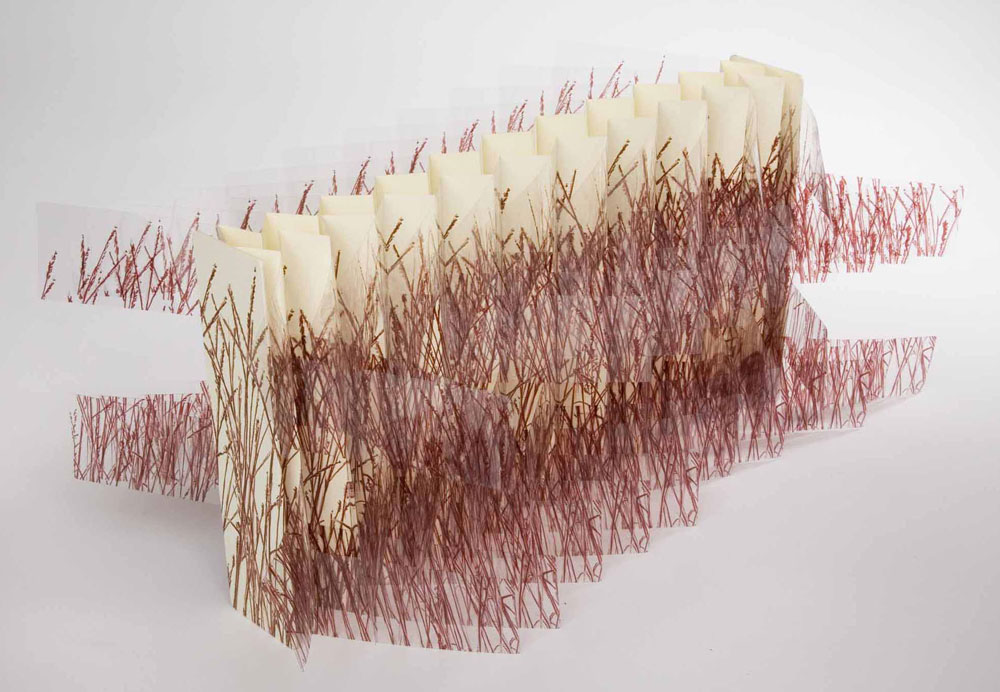 |
| Flagbook by: Karen Hanmer |
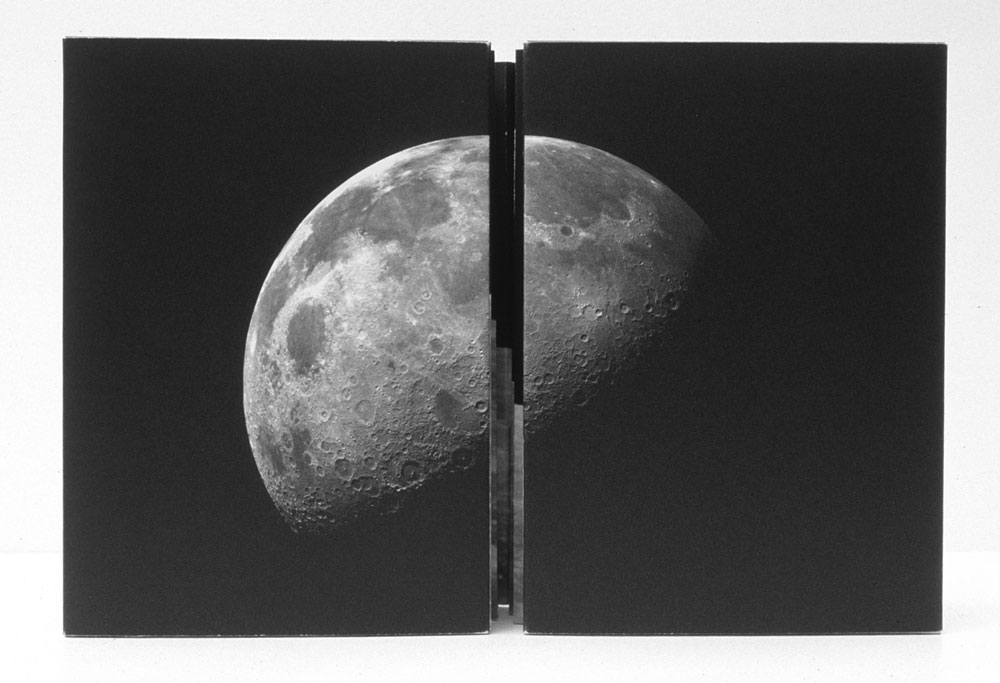 |
| Flagbook by: Karen Hanmer The cover |
 |
| Flagbook by: Karen Hanmer The story |
 |
| Flagbook by: Karen Hanmer The final image, collage |
Friday, February 26, 2016
Henri Cartier Bresson
Henri Cartier-Bresson was a French photographer who was known for "candid" photography. He was also an early user of 35 mm film. He was born in 1908 and died in 2004.
I personally like this photo because it shows how composed a candid photo can be. This photo clearly was taken quickly, as he had to capture the birds flying away, but it looks as if a lot of time and planning went into it. He talks about this candid, quick photography in his book The Decisive Moment. He discussed this with the Washington quote, saying that "There is a creative fraction of a second when you are taking a picture. Your eye must see a composition or an expression that life itself offers you, and you must know with intuition when to click the camera. That is the moment the photographer is creative. Oop! The Moment! Once you miss it, it is gone forever" (see citation). I personally really like this element of speed in creativity. While sure, you can sit and compose a shot, I think photography has the ability to capture fleeting moments, which holds a very important place in the art world.
Bernstein, Adam (August 5, 2004). "The Acknowledged Master of the Moment". The Washington Post. Retrieved February 26, 2016
 |
| Part of his book, The Decisive Moment, 1952 |
Bernstein, Adam (August 5, 2004). "The Acknowledged Master of the Moment". The Washington Post. Retrieved February 26, 2016
Alfred Stieglitz
Alfred Stieglitz was a New York based photographer born in 1864. He had over a 50 year career as a photographer and was influential in photography's acceptance as an art form. He was married to Georgia O'Keeffe.
This is a photo of his that I personally like. It is a photo of a street beggar who was blind. Initially what I found the photo humorous and satirical (she had a sign labeling her as blind). But then I realized that it was a photo of a beggar and that it was not taken with a humorous nature. Either way, I think this photo is interesting as it makes the viewer think about the time and the situation it was taken in.
.jpg) |
| Blind Woman, 1916 |
Monday, February 22, 2016
Star Books
We have been making star books in class. I finished my first one, a relatively simple one where I used three pieces of paper for each point of the star. I really like the book with the flowers because it uses a frame to show the photo. The book on the bottom is not a star book, it is a tunnel book. I have also been researching these because I plan on making one for one of my landscapes for IB Art. I found all of these images here: https://www.pinterest.com/ramey549/starbooks-tunnel-books-and-pop-up-books/


Social Change Through Photography
Can a photograph invoke social change?
The photo below is taken by Sal Veder. This photo shows a prisoner of war during the Vietnam War being released and greeted by his family. This photo eventually came to symbolize the end of US involvement in the Vietnam War. To me this photo invoked change by showing the pure emotional effects war has. I also think that this photo advocates for pacifism and love, and also was a symbol to the anti-Vietnam advocates.
I personally believe that a single photograph can invoke social change. I think that many people can get very inspired by one very controversial image and it causes action. In class we talked about W. Eugene Smith. He was a photojournalist who emphasized ethics in his work. This photo in particular was to demonstrate the effects of mercury poisoning.
The photo below is taken by Sal Veder. This photo shows a prisoner of war during the Vietnam War being released and greeted by his family. This photo eventually came to symbolize the end of US involvement in the Vietnam War. To me this photo invoked change by showing the pure emotional effects war has. I also think that this photo advocates for pacifism and love, and also was a symbol to the anti-Vietnam advocates.
 |
| Burst of Joy, Sal Veder |
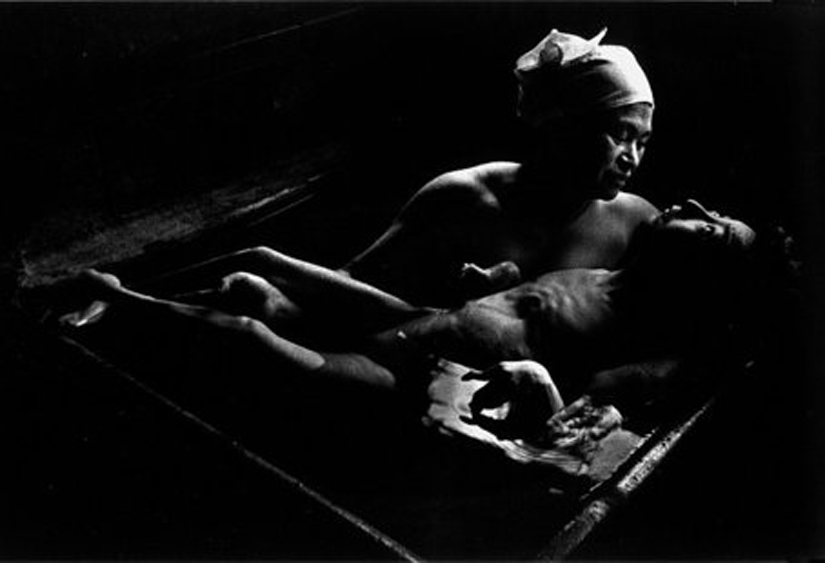 |
| Tokomo in Her Bath, W. Eugene Smith |
Snapshot
My definition of snapshot aesthetic are photographs that hold a lot of meaning to anyone connected to the people in the snapshot, while at the same time not always the most composed photographs. Here are some old family photos and snapshots I found.
 |
| My Dad's family vacation, 1964 |
 |
| My brothers, Gran, and me on a hike |
 |
| My Dad and his sisters and parents |
 |
| Exploring with my brothers |
 |
| Pyramid with my cousins |
Sunday, February 21, 2016
Self Portraits
These images are by David Hockney, most of them are from his book Cameraworks. I really like the idea of using lots of smaller photos to make one large portrait or image.
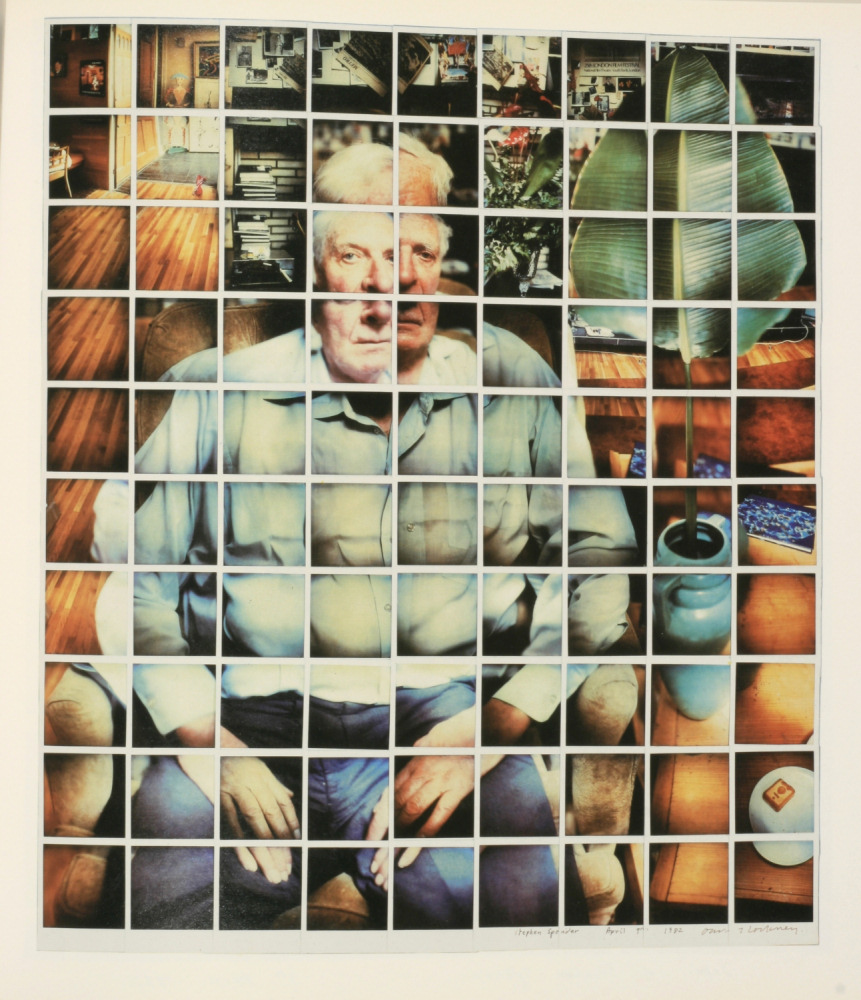 |
| David Hockney, photo from his book "Cameraworks" |
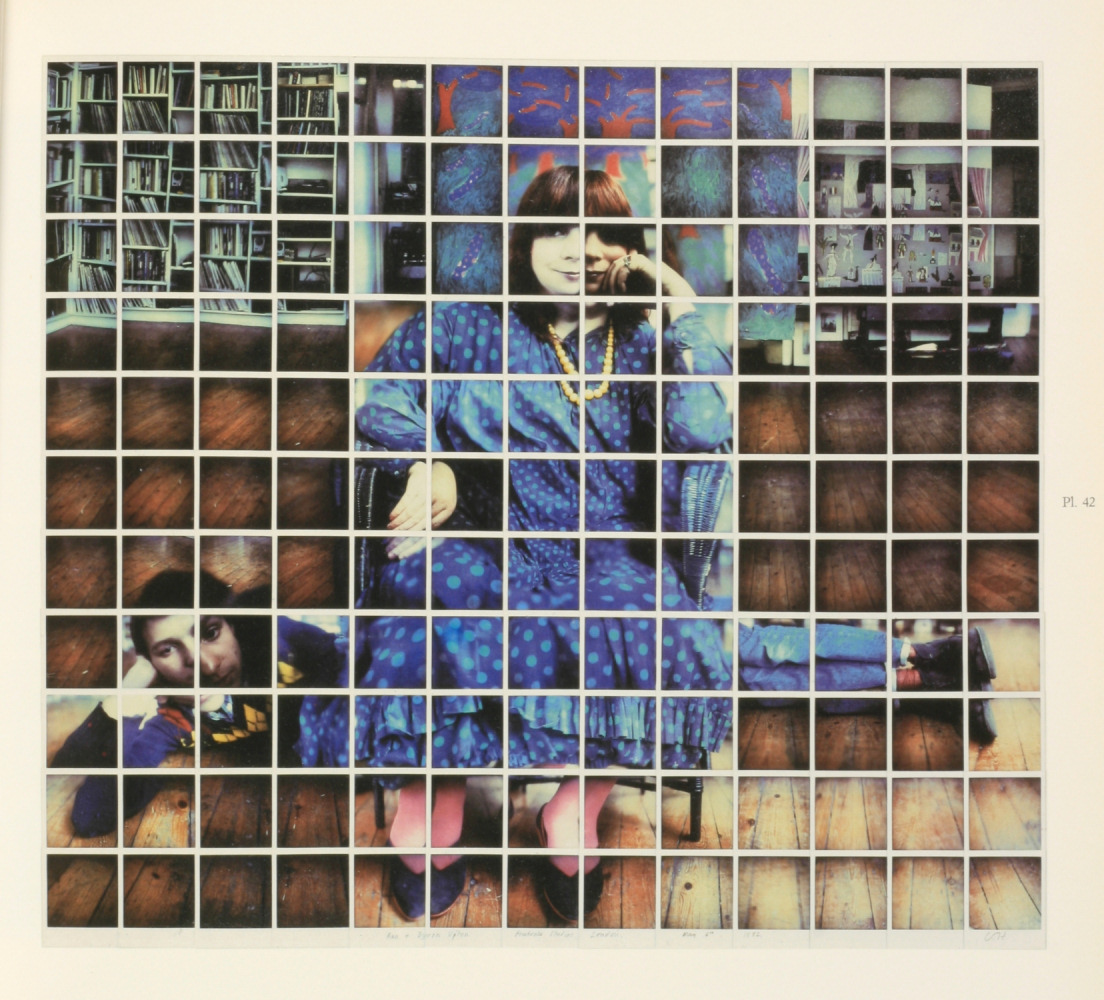 |
| David Hockney, photo from his book "Cameraworks" |
 |
| David Hockney Images, Photos from "Cameraworks" |
Wednesday, January 27, 2016
Margaret Bourke-White
Margaret Bourke-White was an American photographer, she was a documentary photographer who was born in 1904 and died in 1971, she died of Parkinson's disease. She was the first female American war photo journalist. She was also the first photographer ever to be permitted to take photos of Soviet industry. I particularly like her work because of the pivotal time period she came from, and the influence that had.
Here is another image by Margaret Bourke-White. I really like how this image is taken from above and how all of the people in the image are uniform and look like little tiny dots.
 |
| Hats in the Garment District Margaret Bourke-White, New York, 1930 |
Wednesday, January 6, 2016
Portland Jazz Festival
The following are posters/album covers/images I've found that I like and are inspiration for the jazz festival posters that we will be making. I found that I like the black and white posters and also things with Mt. Hood in the background. I also found one image of the stereotypical Portland hipster on it with a completely yellow filter and I thought it could be cool if the hipster had a trumpet or something.
 |
| Beaver & Mt. Hood, Portland Oregon http://www.allposters.com/-sp/Beaver-Mt-Hood-Portland-Oregon-Posters_i3147308_.htm |
 |
| Vinyl Jazz Funk Poster http://www.zazzle.com/vinyl_jazz_funk_poster-228773447926282887 |
.
 |
| All That You Can't Leave Behind, U2, Album Cover, 2000 |
 |
| http://blog.estately.com/2012/09/northwest-hipster-showdown-seattle-vs-portland/ |
 | |
|
Subscribe to:
Comments (Atom)










